Definitions
Defined by US Federal Law:
The Trafficking Victims Protection Act (TVPA)
The Trafficking Victims Protection Act, or TVPA, passed by Congress in 2000, defines a severe form of trafficking as: (a) “a commercial sex act induced by force, fraud or coercion, or in which the person induced to perform such an act has not attained 18 years of age; or (b) the recruitment, harboring, transportation, provision, or obtaining of a person for labor or services, through the use of force, fraud, or coercion for the purpose of subjection to involuntary servitude, peonage, debt bondage, or slavery.” The TVPA provided for the establishment of the Office to Monitor and Combat Trafficking in Persons in the US State Department, and for the publication of the annual Trafficking in Persons Report.
The TVPA was reauthorized in 2003, 2005, and 2008. Since then, it has followed a circuitous route: In 2013, the TVPA was reauthorized as an amendment to the Violence Against Women Act (VAWA). More recently, four bills updating the TVPA were passed in late 2018 and early 2019.
The TVPA takes a three-pronged approach to combating trafficking: prevention, protection and prosecution, and in addition, monitors and assesses other nations’ efforts to fight trafficking in the annual Trafficking in Persons Report.
Both major political parties have proposed trafficking-related legislation focused on, for example, tax relief and housing for trafficking victims, trafficking awareness and prevention in schools, data collection and prevention of trafficking among Native American populations, and transparency in US supply chains. For the most current bills, try these search tools.
Note that smuggling is not the same as trafficking, although what begins as (voluntary) smuggling may become trafficking in the presence of force, fraud or coercion. For more, see this Q&A.
Defined by The United Nations
The United Nations Protocol to Prevent, Suppress and Punish Trafficking in Persons, Especially Women and Children, commonly referred to as the Palermo Protocol, was the first international instrument to define trafficking. It addresses trafficking in various forms as a human rights issue and an issue of transnational organized crime requiring a global response. The protocol became voluntary international law in 2000, with some signatories using it to draft their own national legislation.
According to Article 3, paragraph (a) of the Palermo Protocol, trafficking is defined as “the recruitment, transportation, transfer, harboring or receipt of persons, by means of the threat or use of force or other forms of coercion, of abduction, of fraud, of deception, of the abuse of power or of a position of vulnerability or of the giving or receiving of payments or benefits to achieve the consent of a person having control over another person, for the purpose of exploitation. Exploitation shall include, at a minimum, the exploitation of the prostitution of others or other forms of sexual exploitation, forced labor or services, slavery or practices similar to slavery, servitude or the removal of organs.”
The Palermo Protocol emphasizes three elements of trafficking: the act (what is done), the means (how it is done) and the purpose (why it is done).
- The Act (What is done): Recruitment, transportation, transfer, harboring or receipt of persons.
- The Means (How it is done): Threat or use of force, coercion, abduction, fraud, deception, abuse of power or vulnerability, or giving payments or benefits to a person in control of the victim.
- The Purpose (Why it is done): For the purpose of exploitation, which includes exploiting the prostitution of others, sexual exploitation, forced labor, slavery or similar practices and the removal of organs. To ascertain whether a particular circumstance constitutes trafficking in persons, consider the definition of trafficking in the Trafficking in Persons Protocol and the constituent elements of the offense, as defined by relevant domestic legislation.
Sources
Hyland, Kelly. “The Impact of the Protocol to Prevent, Suppress and Punish Trafficking in Persons, Especially Women and Children.” Human Rights Brief, vol. 8, no. 2, 2001, pp. 30–31, 38, digitalcommons.wcl.american.edu/cgi/viewcontent.cgi?referer=www.google.com/&httpsredir=1&article=1492&context=hrbrief.
Nichols, Andrea J. “Sex Trafficking in the United States | Columbia University Press.” Columbia University Press, CUP, 2019, cup.columbia.edu/book/sex-trafficking-in-the-united-states/9780231172639. Accessed 12 Apr. 2019.
“Signatories to the United Nations Convention against Transnational Crime and Its Protocols.” Unodc.org, www.unodc.org/unodc/en/treaties/CTOC/signatures.html.
“United Nations Convention against Transnational Organized Crime and the Protocols Thereto,” United Nations Office on Drugs and Crime, https://www.unodc.org/unodc/en/organized-crime/intro/UNTOC.html
United Nations. (2023). Human Trafficking. United Nations: Office on Drugs and Crime. https://www.unodc.org/unodc/en/human-Trafficking/Human-Trafficking.html
